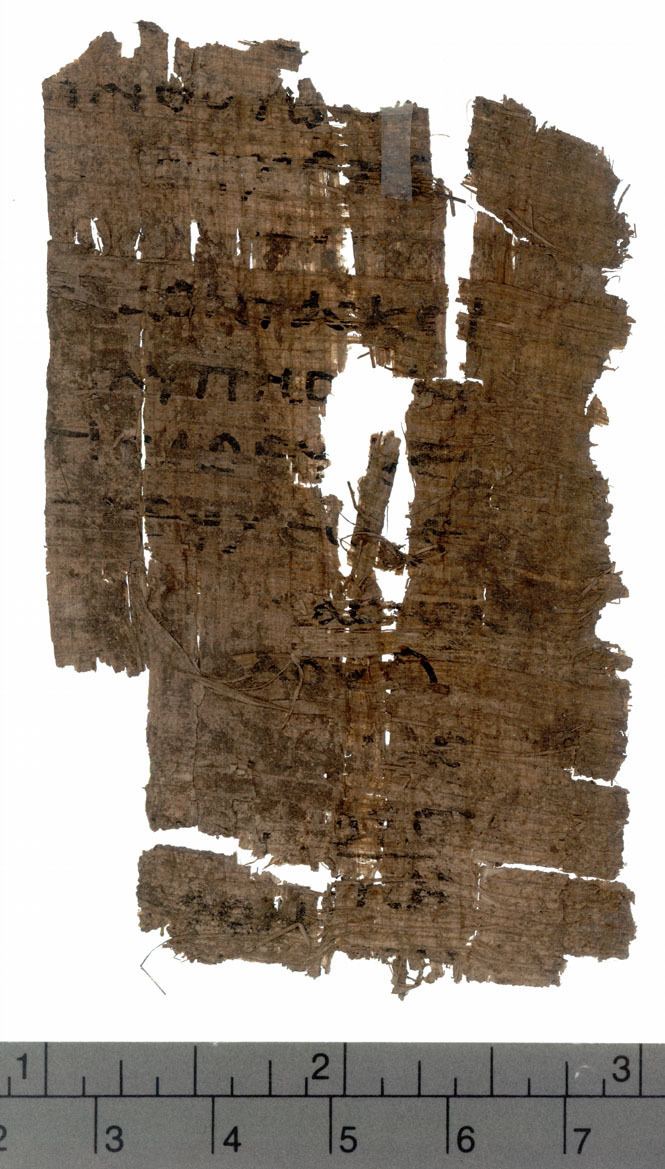 | ||
Similar Gospel of the Ebionites, Apocalypse of Paul, Acts of Thomas, Apocryphon of John, Gospel of Philip | ||
The Gospel of Marcion, called by its adherents the Gospel of the Lord, was a text used by the mid-2nd century Christian teacher Marcion of Sinope to the exclusion of the other gospels. Its reconstructed fragments now appear among the New Testament apocrypha. Marcion's teaching was condemned as heresy in the year 144.
Contents
- Bib1 gospel of marcion and the philosophy of marcionism bible dates 1
- Relationship to the Gospel of Luke
- Justification
- References
So many Catholic Christian apologists wrote treatises against Marcion after his death, in addition to the noted work of Tertullian, that it has been possible to reconstruct almost the whole of Marcion's Gospel of the Lord from their quotations. Marcion, then, is known only through his critics, who considered his doctrines a deviation from proto-orthodox Christianity.
Bib1 gospel of marcion and the philosophy of marcionism bible dates 1
Relationship to the Gospel of Luke
There are two possible relationships between Marcion's gospel and the Gospel of Luke; either Marcion revised a previously existing Gospel of Luke to fit his own agenda or else his "Gospel of the Lord" pre-dated the Gospel of Luke as we have it today and was in fact the basis for it.
Church Fathers wrote, and the majority of modern scholars agree, that Marcion edited Luke to fit his own theology, Marcionism. The late 2nd -century writer Tertullian noted that Marcion, "expunged [from the Gospel of Luke] all the things that oppose his view... but retained those things that accord with his opinion".
According to this view, Marcion eliminated the first two chapters of Luke concerning the nativity, and began his gospel at Capernaum making modifications to the remainder suitable to Marcionism. The differences in the texts below highlight the Marcionite view that, first, Jesus did not follow the Prophets and, second, the earth is evil.
Justification
Theologian Adolf von Harnack (1851–1930), in agreement with the traditional account of Marcion as revisionist, discussed the reasons for his alterations to Luke. According to Harnack, Marcion believed there could be only one true gospel, all others being fabrications by pro-Jewish elements, determined to sustain worship of Yahweh. Furthermore, he believed that the true gospel was given directly to Paul the Apostle by Christ himself, but was later corrupted by those same elements who also corrupted the Pauline epistles. Marcion saw the attribution of this gospel to Luke the Evangelist as another fabrication. He therefore began what he saw as a restoration of the original gospel as given to Paul.
Von Harnack wrote that:
For this task he did not appeal to a divine revelation, any special instruction, nor to a pneumatic assistance [...] From this it immediately follows that for his purifications of the text - and this is usually overlooked - he neither could claim nor did claim absolute certainty.
